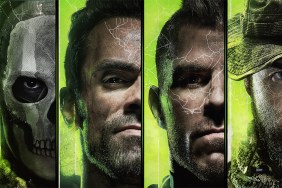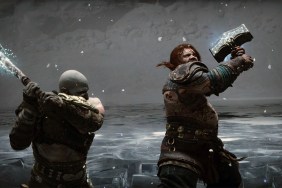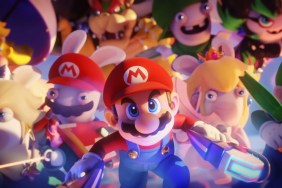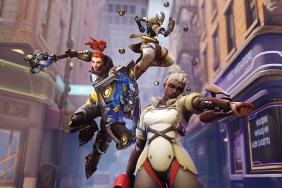One MORE Piece.
It can only be assumed that to most Americans, and most gamers at that, One Piece: Pirate Warriors 2 is one condensed power punch of culture shock. Is there anything else that's more representative of what Japanese people deem to be popular? It's based off Shonen Jump's One Piece, a Japanese animation that started 16 years ago…
-
A passable original story
-
Better environments than those from Dynasty Warriors
-
Lots of unlockable characters and content
-
Collectible coins and partner system
-
Combat still derivative
-
Difficult to get 'S' rank in multiplayer











